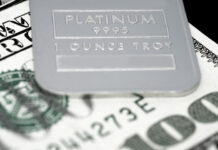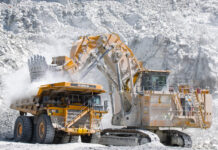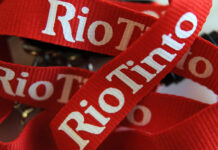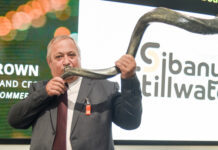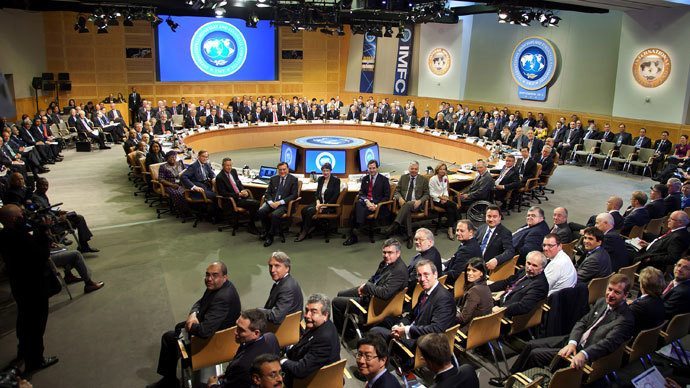
ONE of the interesting aspects of the improvement in Anglo American shares relative to their peer group is the fact that the firm’s exposure to its South African asset base has not appeared to hold it back.
Referred to previously “the South African discount”, the constituent companies – Anglo American Platinum (Amplats) and Kumba Iron Ore – are now distinguishing features of the group, rather than negative pressure points.
With the strong performances of both Amplats and Kumba during the six months ended June as backdrop, Anglo American CEO, Mark Cutifani, remains positive about South Africa; at least in the broadest of terms.
Asked what he thought of comments attributed to Johann Rupert of the Richemont/Remgro groups that the country would eventually end up in the hands of the International Monetary Fund’s (IMF’s) loan committee, Cutifani said: “We don’t see that as a likely scenario.
“Rather we see incremental impacts on the country and the [South African] Government will have to decide what it wants to do,” he said.
Cutifani doesn’t mention it specifically, but one area where the South African government could definitely act is over Eskom, in dire need of restructuring.
“As I’ve said before on Eskom, if we can help with people and expertise, we will be there,” said Cutifani. “But the government has got to navigate the policy calls,” he said. It’s not known if the South African government has been in touch.
In terms of actual exposure to Eskom’ tariff increase regime, as well as load-shedding which Eskom executives said recently was back on the agenda with the advent of the southern hemisphere Spring, Cutifani thinks it’s a relatively low-grade risk for Anglo.
“There is some exposure on the processing side at Amplats. We lost about 8,000 ounces of platinum [during loadshedding] and we need to implement more renewable energy.”
DE BEERS
Of the South African assets where there may be challenges for Anglo is diamond mine Venetia’s role in De Beers, the 85%-owned company. De Beers is suffering the effects of the US/China trade war on consumer confidence globally. Cutifani acknowledges diamonds are one of the areas of the market not well disposed presently.
“Demand and pricing conditions remain challenging and there is still no light at the end of the tunnel,” said Morgan Stanley in a recent report about Anglo’s interim performance. The fourth quarter remains key to the diamond market, where buying is typically robust ahead of the Christmas period.
“In the medium term, however supply shortages continue to signify appealing industry fundamentals,” said Morgan Stanley.
Operationally, though, Anglo has kept it tight at De Beers.
Poorer prices, and even a 12% lower diamond production (in response to the decline in demand) has not made a dent on the group’s cost control efforts.
“The group managed to drop unit costs to $62 per carat from $67/carat driving earnings before interest, tax, depreciation and amortisation (EBITDA) to come in ahead of our expectations despite the difficult market,” said RBC Capital Markets.


